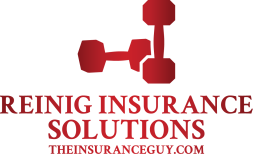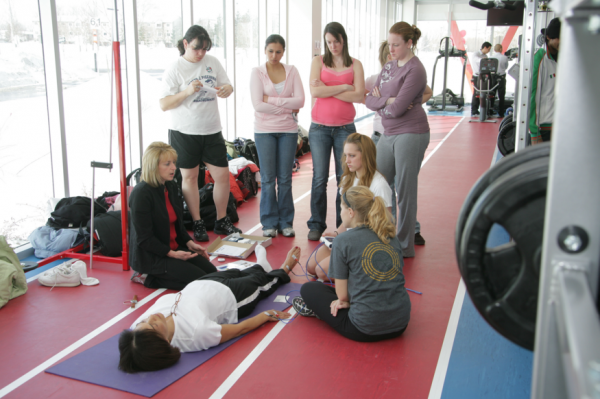 The one thing I emphasize when establishing a risk management system for health clubs is simplicity. Club policies and procedures must be consistent and they have to be simple and easy to implement. This is the foundation for creating effective risk management for any health club business.
The one thing I emphasize when establishing a risk management system for health clubs is simplicity. Club policies and procedures must be consistent and they have to be simple and easy to implement. This is the foundation for creating effective risk management for any health club business.
Education and documentation are the two building blocks for your risk management foundation. I covered documentation in my recent blog post (see Make Your Health Club Mantra “Education! Documentation!”)
My focus here is education. The more you and your staff learn about safety, the less likely you will experience a liability insurance claim. With just a little bit of effort, you can create an environment that promotes a safe workout environment and improves customer service. The following are absolutely essential.
CPR/First Aid Training
Every club should have at least one person on the premises at all times who is trained in CPR and First Aid. Many clubs now have an AED (Automated External Defibrillator) on the premises as well. The CPR training includes training for AED implementation. Getting everyone trained is the easy part. However, we have a lot of turnover in our industry so staying on top of this training every few months is the challenging part for club owners.
Offer an Orientation
As part of the sales tour in your health club, every potential new member should be offered a complete orientation on the use of any and all exercise apparatus available to them at the club. Working with the member on every machine may not be practical. The important point is that you must at least “offer” the orientation. Later on if or when a member hurts themselves on your cable crossover unit, they will be hard pressed to accuse you or your staff of not showing them how to properly use the device. This educational process will not be beneficial unless you and your sales staff consistently offer this orientation. Some clubs have monthly “new member orientation” sessions posted on the club bulletin board or noted in their newsletter. This process not only delivers a more educated member, it is a reflection of the club’s commitment to customer service.
Personal Training Certification
Although it is important that your staff is industry specific “certified”, (especially your trainers and group instructors) it is more important that they put their education to use. Trainers are great about teaching their “clients” how to properly exercise and achieve results, but what about the rest of the members in the club? If you or a trainer notices a member doing something improper that can potentially cause injury to themselves or others, it is your duty of staff members to intervene and help that individual. The method of delivery is important as well. Letting the client know that they may be able to achieve better results by correcting their form or pointing out that a particular machine is not designed to be used “that way” can help reduce member malfunction injuries and may even turn that member into a personal training client. It’s all about service.
Training is important, not just for a healthy body, but for a healthy business. Keep your health club staff trained to maintain a high degree of risk management.


